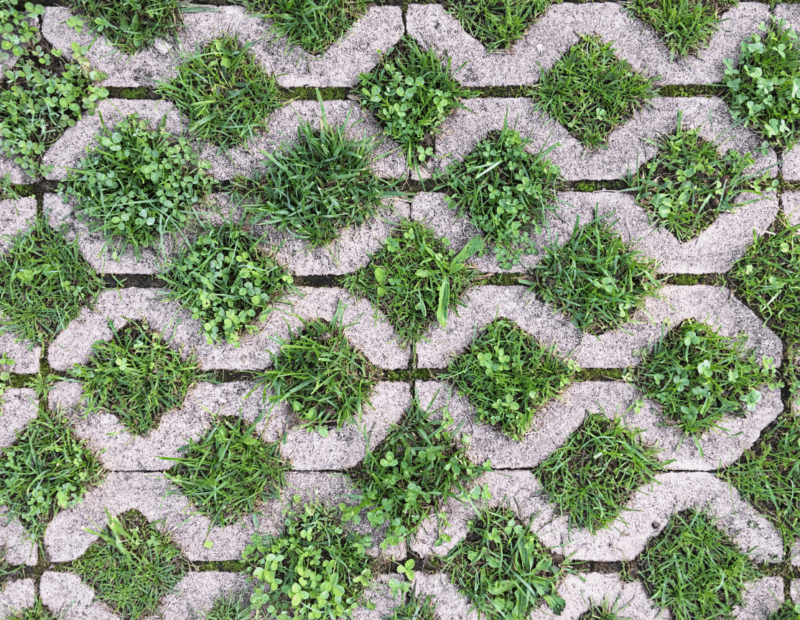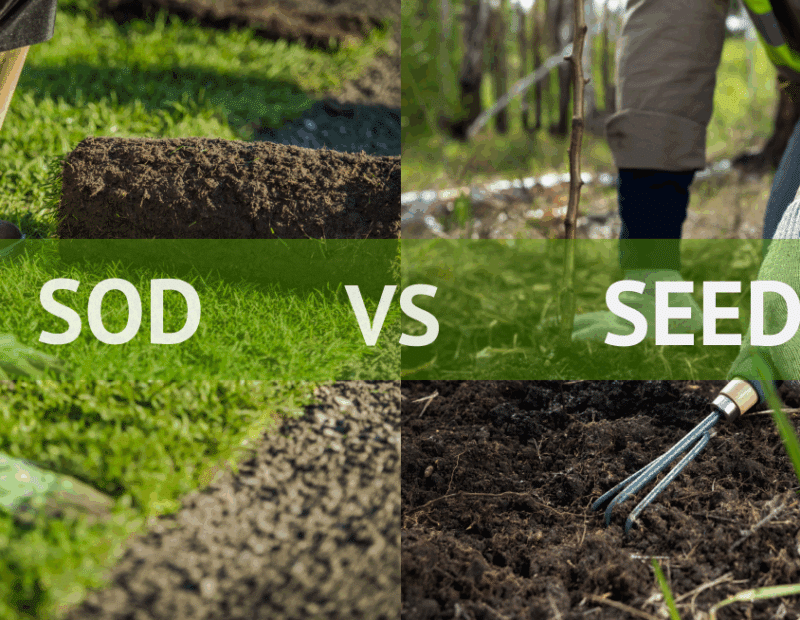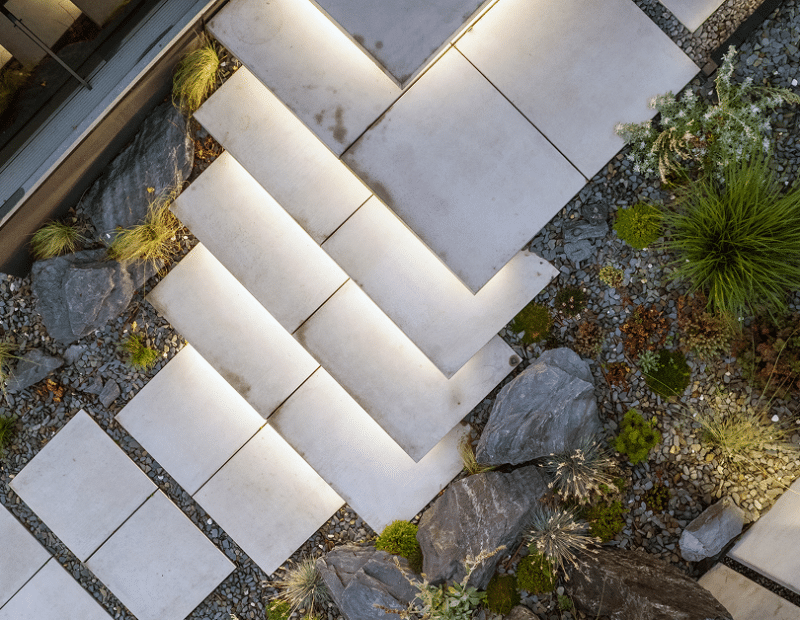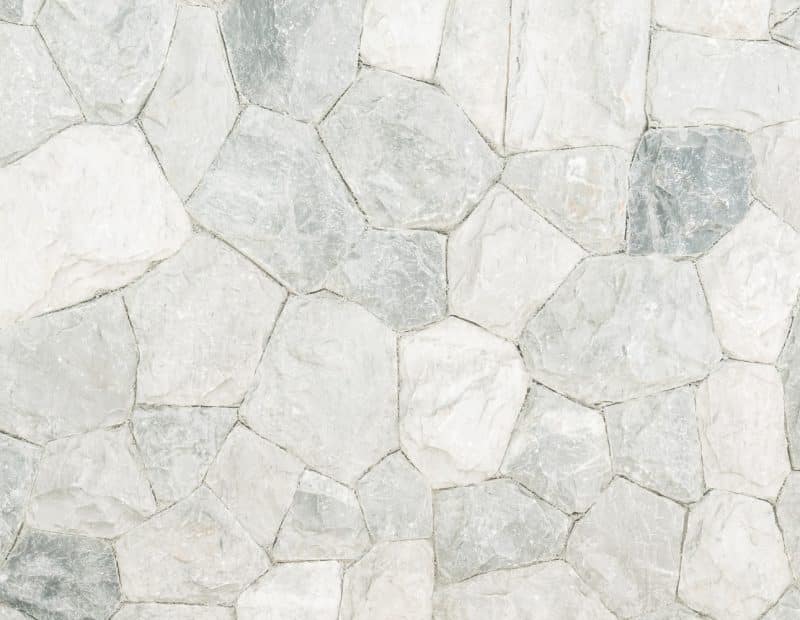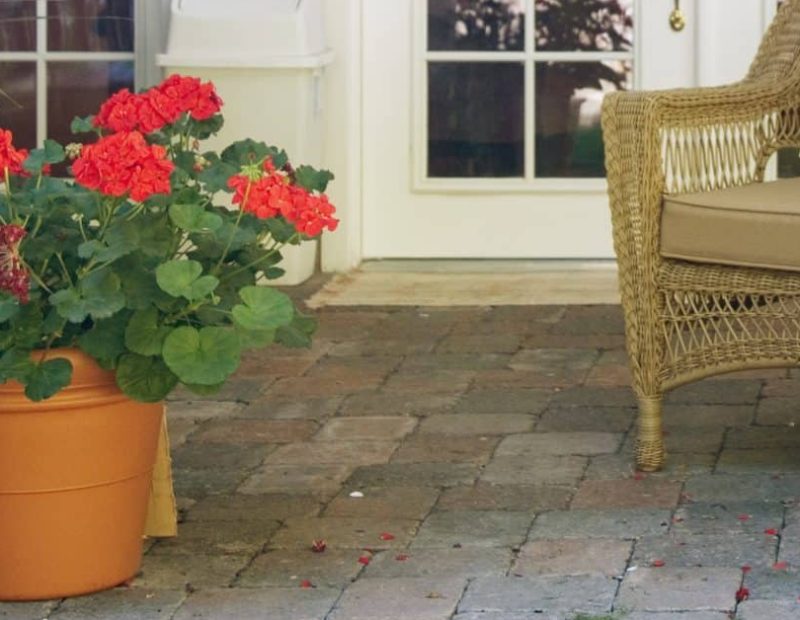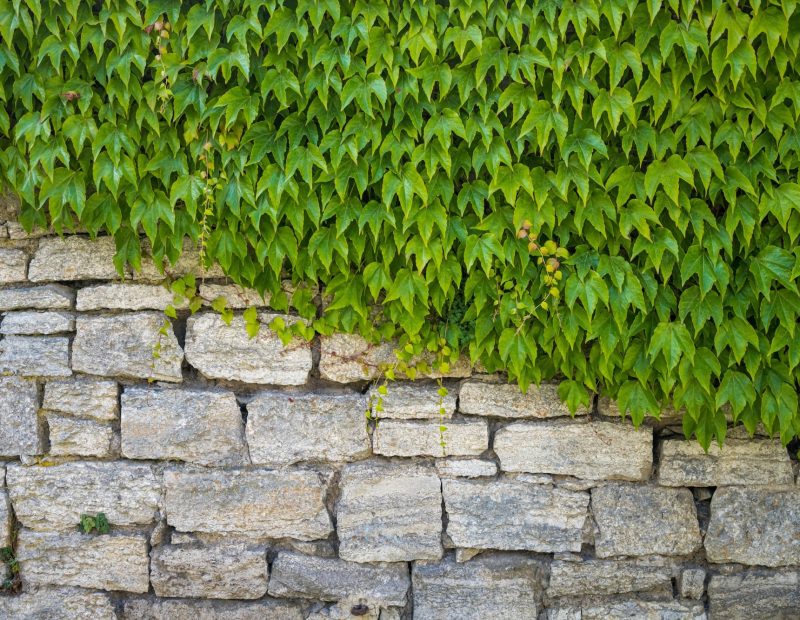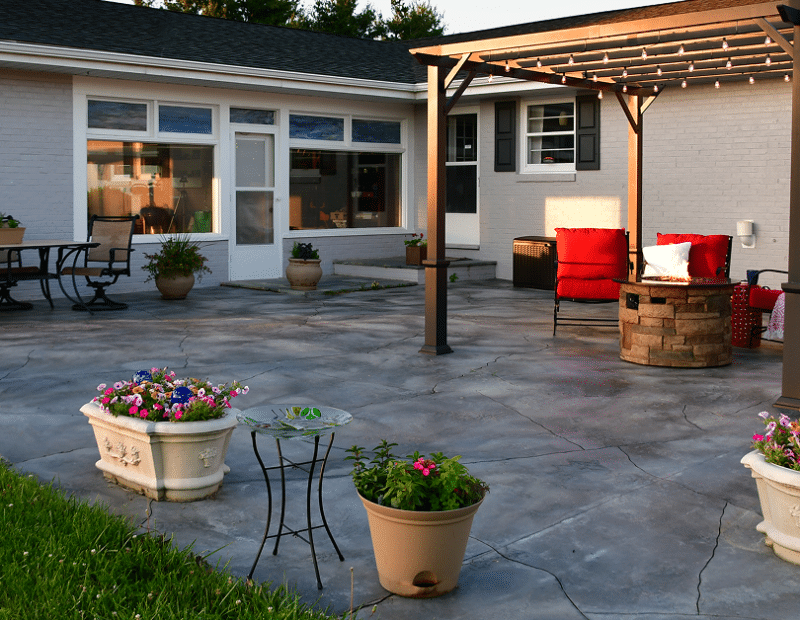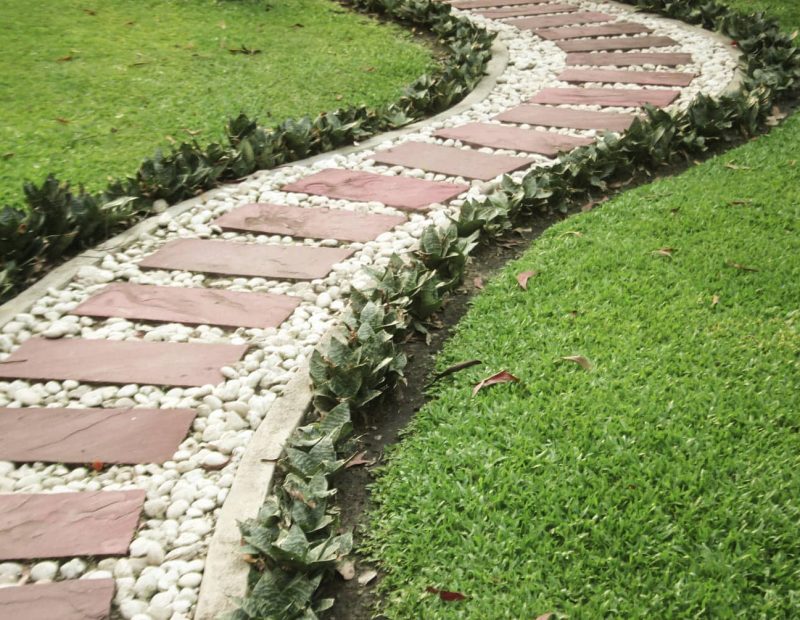How To Get Rid of Weeds Between Pavers Forever
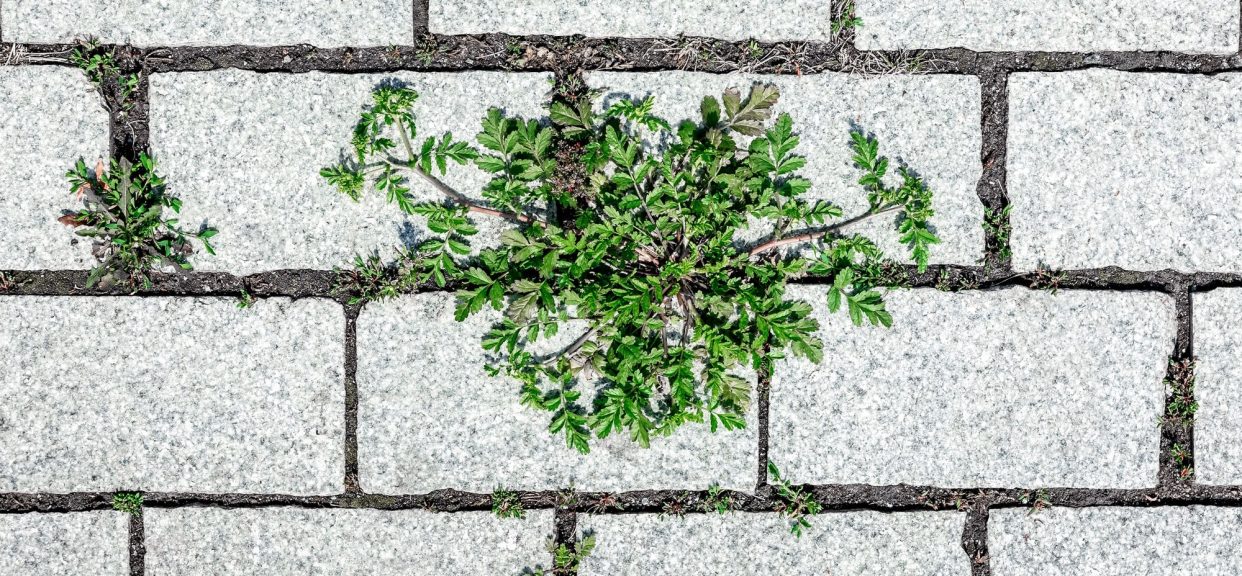
Pesky weeds between pavers can cast a shadow even on the most luxurious backyard or impressive driveway. After all the efforts and resources you’ve invested into creating the perfect outdoor space, you can’t let this little nuisance win. As luck would have it, the perfect strategy to get rid of weeds between pavers permanently does exist.
Contents
- 1 No More Weeds Between Pavers
- 2 Weeds Removal Methods
- 3 Long-Term Prevention
- 4 Common Mistakes
No More Weeds Between Pavers
Are you ready to get rid of weed between pavers once and for all? Then here goes your perfect plan! You will need just two things to succeed.
The perfect equation is removal plus prevention.
Both are equally important. If you just remove the weeds but don’t do anything to prevent new ones from appearing, they’ll grow back. So now, you need to make sure you’re using the proper techniques for both removal and prevention.
Weeds Removal Methods
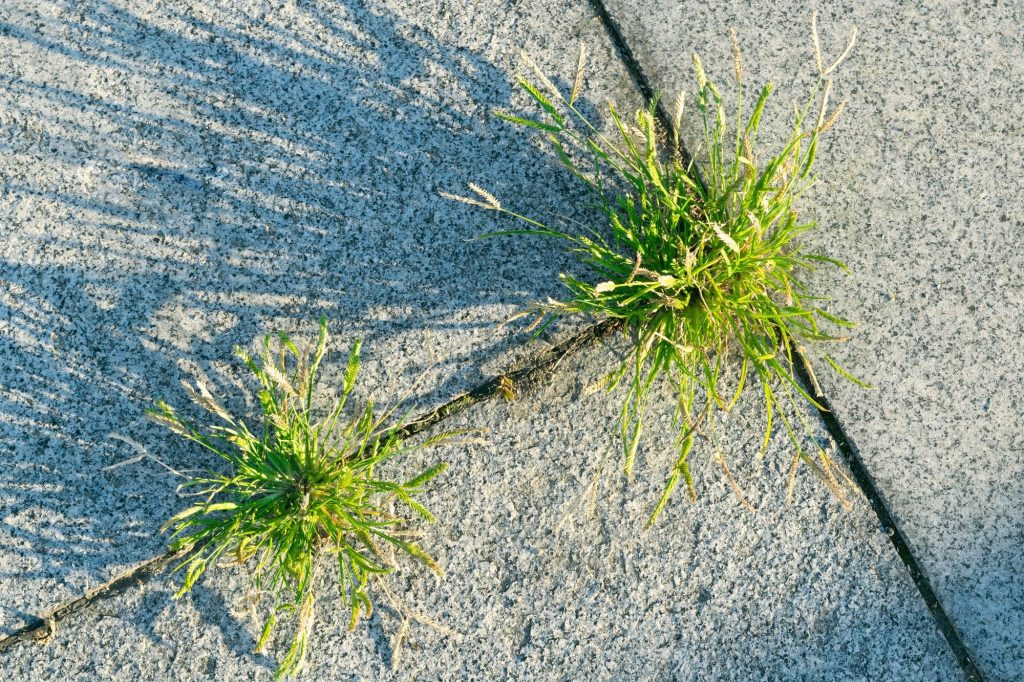
This is your first step to making your yard look just the way you imagined. There are a couple of methods to remove weeds that you can try, whether by themselves or in a combination.
Method #1: Hand-Pulling
Don’t just get into it straight away. Water the area to soften the soil — the weeds will go much easier. Best if you use a weeding tool to grip the weeds right at its base, taking out the entire root. Then put the weeds in a bag so that the seeds don’t spread around.
Method #2: Boiling Water
It’s not only good for making tea! Pour the water over the weeds, focusing mostly on the roots. It’s a great way to get to the root of the problem (no pun intended), boiling it away. It’s a perfectly safe and natural solution too.
Method #3: Vinegar-Based Herbicides
Organic herbicides are a good option too, but more as a last resort — you need to be careful as they can etch the pavers too. Vinegar contains acetic acid, which dehydrates and eliminates weeds by breaking down their cell walls. It’s most effective on young, annual weeds but may need a couple of repeated sessions for tougher, perennial weeds.
Combine the first two methods to get the best results, hand-pulling the weeds and boiling the roots. If these don’t work as well as you wanted, then try method #3, as vinegar is a harsher solution you need to be careful with.
Long-Term Prevention
You don’t want a temporary solution and this is where prevention measures come in. These will help you forget about the issue and enjoy the sight of your weedless impeccable pavers.
Regular Maintenance
Overall, the maintenance doesn’t require much time and effort, but it does need to be regular. Sweep away debris, leaves, and dirt, so that seeds don’t have time to take root. Look out for any small emerging weeds, pulling them out before they establish roots and spread.
Sealing Pavers
Your pavers should be properly sealed to avoid weed growth. Apply a herbicide before sealing to prevent weed seeds from germinating, adding an extra layer of defense. Polymeric sand between the pavers forms a barrier against weed growth too, preventing the problem before it happens.
Proper Installation
While sealing surely helps, it may not completely stop weeds from appearing again. The key to long-term success is in properly installed pavers, since things like improper paver drainage can still promote weed growth.
If you’re thinking about getting interlocking pavers or renovating one of your pathways, consider reliable contractors that know what they’re doing. Professionally done interlocking pavers create a tight fit that minimizes the gaps where weeds can grow.
Common Mistakes
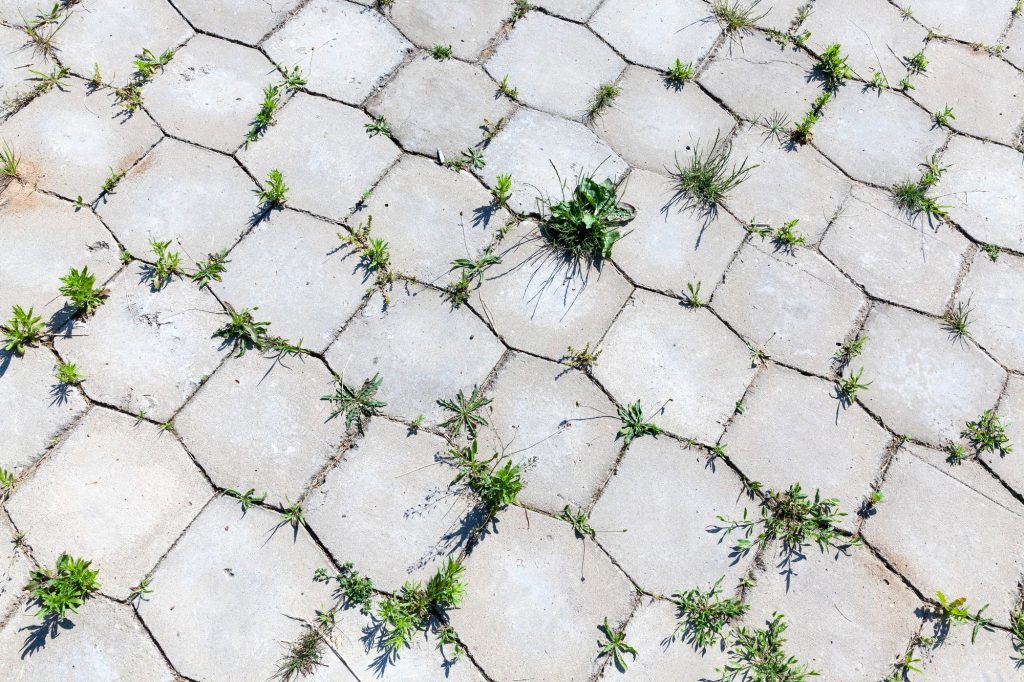
If you’re dealing with this issue on your own, it’s easy to make mistakes. Avoid these to get rid of weeds between pavers permanently.
Ignoring the Cause
If you remove the weeds, but don’t have polymeric sand between pavers or have wide gaps between them, there’s a big chance they will come back to bother you some more. If the issue persists, check if your interlocks are properly installed.
Improper Use of DIY Methods
Overuse or improper use of DIY solutions like salt, can lead to soil salinity issues, harming surrounding plants and making the soil infertile. The same goes for boiling water. It helps, but pouring it carelessly can damage nearby plants or even cause cracks in some types of pavers because of thermal shock.
Leaving the Roots
Some weeds have a broad root system, so you need to make sure you pull everything out. You can use tools like weed pullers or scrapers for thorough root removal.
Using the Wrong Type of Sand
Regular sand is too loose and can lead to pavers moving and shifting. Polymeric sand is engineered specifically to fill paver joints, so it’s the best type of sand for this job. It doesn’t need to be replaced as often as other types too, saving you money in the long run.
Expert opinion
Ethan Sinclair
Ethan Sinclair has been working in interlocking and landscaping for over 10 years. His goal is simple — help homeowners and businesses create outdoor spaces that looks good, stand strong, and make clients happy.
Eradicating weeds sure takes a bit of patience, as you might not get to the root cause from the first try. Incorrect paver installation and maintenance are often to blame, so you want to rule these out first. Maintaining pavers is quite easy, but one thing you’ll surely benefit from is consistency.
-
What are the best methods to prevent weeds between pavers?
The first step in preventing weeds is to check if your pavers are properly installed, made out of high-quality materials and have a well-compacted base. Make sure to fill the gaps with polymeric sand too, it acts as a kind of barrier, making it difficult for weeds to take root. Sweep the pavers on the regular too if you don’t want seeds settling in the joints. -
Is polymeric sand good for controlling weeds?
Absolutely! Polymeric sand is often hailed as one of the best solutions for controlling weeds between pavers. Besides controlling weeds, it makes your pavers overall more durable.
-
Can I use salt for weeds between pavers?
Yes, you can sprinkle salt directly onto the weeds or mix it with water, but you need to be careful with it. Salt can harm the soil and surrounding plants. This is especially problematic if you might want to grow plants in the same area some time in the future.

